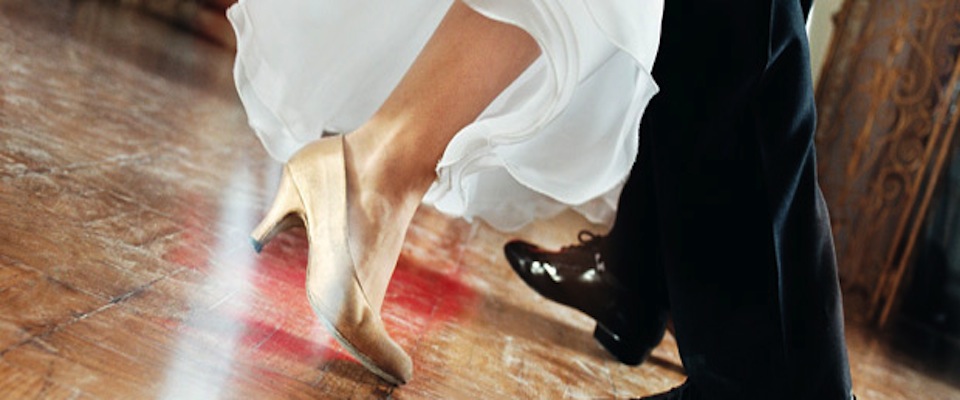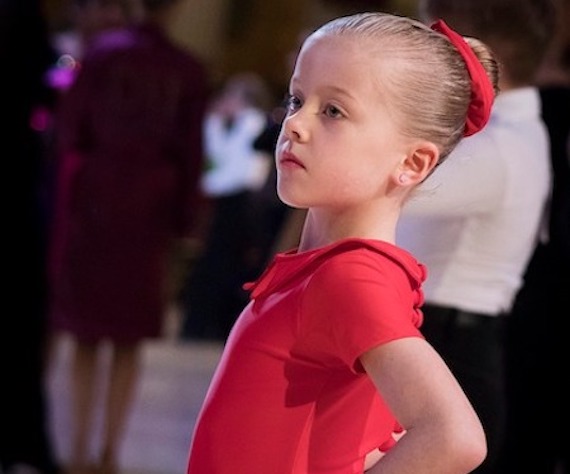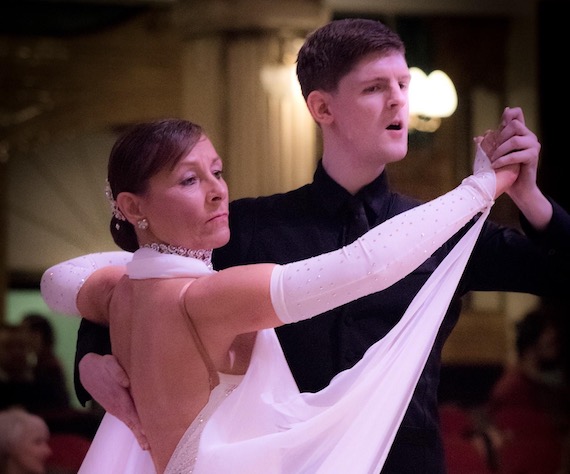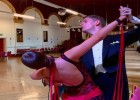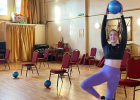Paso Doble (meaning two step) is essentially a march in its basic form. Most of us can recognise the Paso Doble based on its iconic style of music and unique dance characteristics due to its European origins.
When dancing the Paso, we tell the story of the traditional Spanish bull fight. The lead dancer portrays the character of the matador (bull fighter). The follower takes on several roles throughout the dance including the cape of the matador; the flamenco dancer and sometimes the bull.
The Paso Doble is often choreographed to a specific song called "Espana Cani" (Spanish Gypsy Dance) that is arranged into specific sections, with 3 main highlights in the song.
Here's three top tips that can help you improve your Paso Doble.
- When dancing the Paso we don’t want to stamp our feet. Instead, we drop our weight onto the standing foot, creating a stable base to move from and a much stronger body action can be created from the lowering action.
- To create the classic spanish posture, you should never tilt the pelvis forward. This will lock the legs, making it very difficult to move. Instead, lift up through the core, move your body weight to the front of your feet whilst also pushing the knees back. Try to then create a twist through your body so the hips and the shoulders are facing different directions to create a nice diagonal line.
- For an authentic Paso Doble, we try to capture the seriousness of the bullfight with our facial expressions. Here's a helpful tip from one of our younger students; we lose the smile and act like a child that’s been told they can’t have anymore sweets!
If you would like to learn the Paso Doble then why not book a private lesson with us by clicking this link here.

